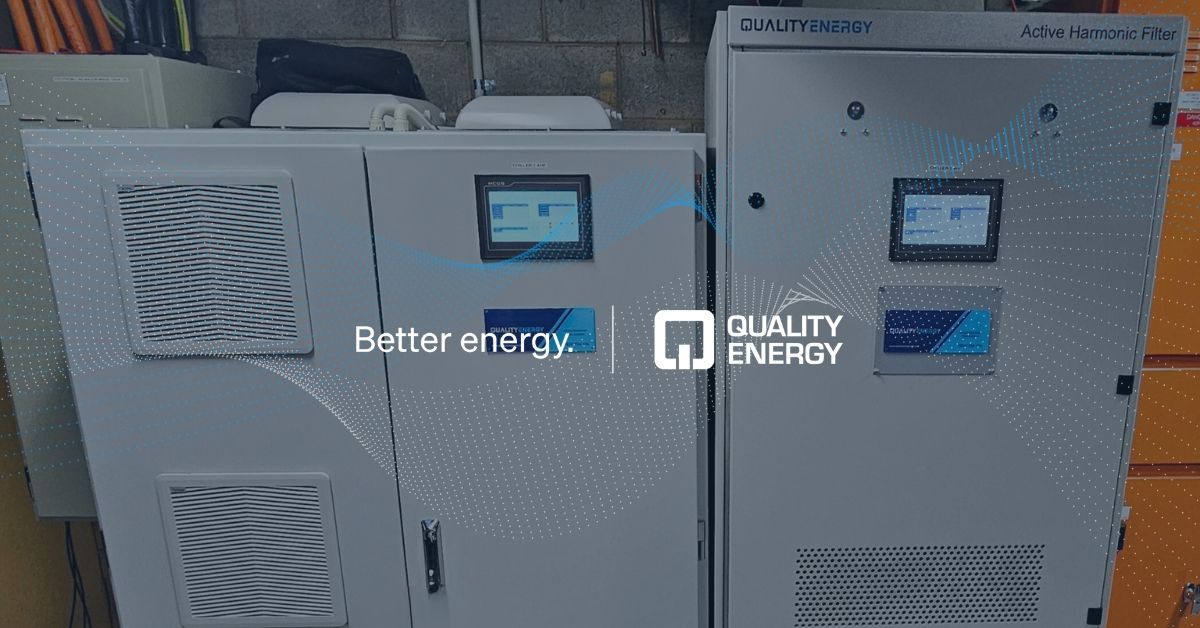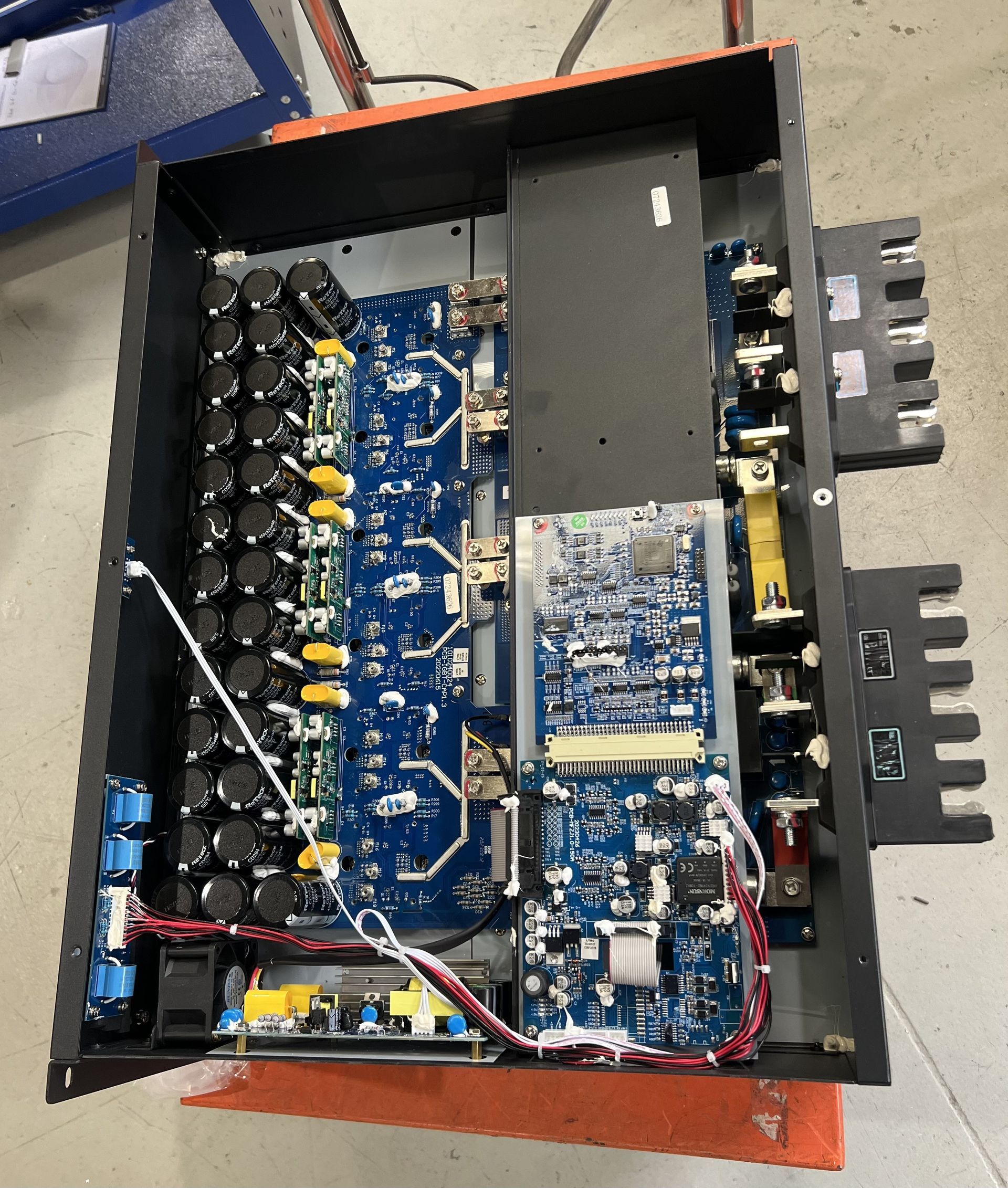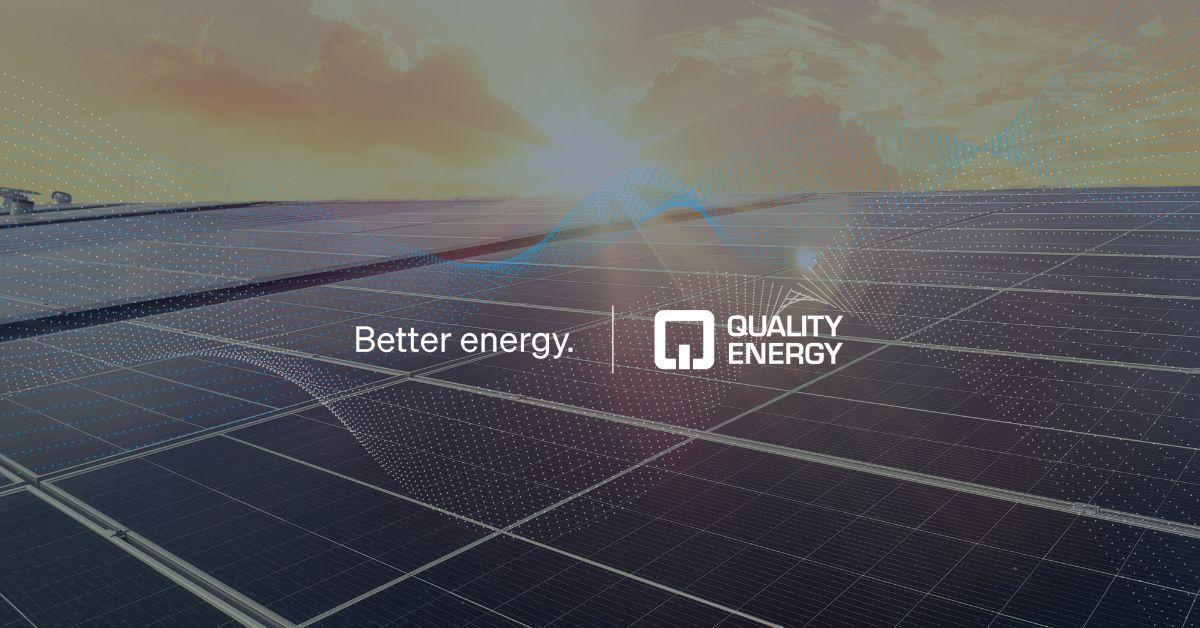Australian businesses looking to become more sustainable and save on electricity costs are perfectly positioned to harness solar energy thanks to our beautiful sunny climate.
The growth of commercial solar systems has surged in recent years, driven by decreasing solar technology costs, heightened environmental awareness, supportive government policies and increasing energy costs.
Businesses across Australia are recognising the dual benefits of reducing energy costs and minimising their carbon footprint. Government rebates and incentives for commercial solar system installation are pivotal in making this transition financially viable for businesses of all sizes.
Adopting solar has never been more attractive and now, right now, is the best time. Here’s why:
Federal Government Rebates and Incentives for Commercial Solar Systems
1. Small-scale Renewable Energy Scheme (SRES):
The SRES provides financial incentives for the installation of solar power systems up to 100kW. Under this scheme, businesses can earn Small-scale Technology Certificates (STCs) for every megawatt-hour of renewable electricity their system is expected to generate until 2030. These certificates can be sold to offset the upfront costs of installing a solar power system.
The number of STCs available will reduce by a fifteenth on 1 January every year until 2030 (when the scheme is set to be totally phased out). The deeming period, the period during which renewable energy is generated, will also decrease by one year annually until 2030.
This means that a 99kW commercial solar PV system installed and eligible for STCs in Victoria this year, would receive 821 STCs, and an approximate $32,757 up front rebate (at the date this article was published).
Next year, the same system in Victoria will only receive 703 STCs. Even if the value remains the same as it is today, the upfront rebate would be approximately $28,049 – a $4,708 decrease, representing around 14.5% less in rebates, potentially reducing your return on investment and increasing your payback period.
2. Large-scale Renewable Energy Target (LRET):
For larger commercial solar installations exceeding 100kW, the LRET creates Large-scale Generation Certificates (LGCs). These certificates are awarded based on the amount of electricity generated and provide an ongoing revenue stream for businesses investing in large-scale solar projects.
Most large-scale solar PV system installations previously claimed LGCs, currently valued at $45.75 (at the date this article was published). LGCs are generally paid out annually for energy generated each year from when the system was installed until 2030 (when the scheme is set to be totally phased out). Over the years LGCs have been available, the value has fluctuated, with the market hitting $85.25 in 2017. According to Renewables Now in July 2018, ‘…. the Clean Energy Regulator projects that certificate supply in the next decade would materially exceed demand at some stage, as a result of which LGCs spot prices will go down.’ With only 6 years left of the scheme from 1 January 2025 and projections the value of LGCs will go down, other options should be considered, particularly if you’re in Victoria.
State-Specific Commercial Solar System Incentives
3. Victorian Energy Upgrades - Victorian Energy Efficiency Certificates (VEECs)
For Victorian businesses, the value of Victorian state government Victorian Energy Efficiency Certificates (VEECs) is at an all-time high, offering smart business owners’ substantial rebates on large-scale commercial solar systems that improve returns on investment and shorten payback periods.
VEECs are currently valued at over $108 (at the date this article was published), but were up to over $112 last month, with potential for further increases before the end of the year. VEECs are provided based on carbon emission reduction over a year then forward paid 12 to 24 months after commissioning a solar system.
If a business was looking to install a large-scale solar PV system over 150kW before the end of 2024, it may be more beneficial to take advantage of the high value of VEECs instead of claiming federal government Large-scale Generation Certificates (LGCs) annually over the next 7 years.
Recently, some of our commercial customers in Victoria investing in large-scale solar systems, took advantage of the high value of VEECs, receiving rebates covering 36% of their costs, reducing the payback period to around three years!
Local Government and Utility Company Incentives for Commercial Solar Systems
Some local councils and utility companies offer additional incentives for commercial solar installations, including grants, low-interest loans, or feed-in tariffs that pay businesses for the excess energy they export back to the grid.
Spot Prices
The prices of VEECs, LGCs and STCs fluctuate based on market conditions. Recent spot prices from
Demand Manager show VEECs are significantly higher than LGCs and STCs. However please note, VEECs are paid 12 to 24 months after commissioning a large-scale commercial solar system, LGCs are provided annually over the next seven years (if installed before the end of the year) and STCs are an upfront rebate.
Benefits of Commercial Solar System Rebates
• Cost Savings:
The financial incentives provided by the Australian government can significantly reduce the initial investment required for commercial solar installations. By lowering upfront costs and providing ongoing financial benefits through the sale of certificates or energy savings, these rebates make solar energy more affordable for businesses.
• Environmental Impact:
Adopting solar energy helps businesses reduce their carbon footprint, contributing to Australia’s renewable energy targets and global efforts to combat climate change. Utilising clean energy also enhances a business's reputation and appeal to environmentally conscious consumers.
• Energy Independence and Stability:
By generating their own electricity with solar, businesses can reduce reliance on the grid, protect themselves from rising energy costs, and ensure a more stable and reliable energy supply. This is particularly advantageous in areas prone to power outages.
Conclusion
The Australian government’s rebates and incentives promote renewable energy adoption and encourage businesses to install commercial solar systems by making it more affordable. The benefits for businesses include a reduction in operational costs and contribution to a greener and more sustainable future for Australia.
For expert advice on the best commercial solar system and rebate suited to your circumstances and installed this year, please talk to your
Australian owned and trusted solar specialist with over 35 years in business. Harness the power of the sun and drive positive change.
For over 35 years, Quality Energy have provided, manufactured and installed power quality, energy efficiency and renewable energy solutions. Our mission is to help businesses solve the problem of ever-increasing energy costs and inconsistent, unreliable power supply.
Give us a call on 1800 736 374 or send us an email to discuss your power quality, energy efficiency or renewable energy project.
Related news
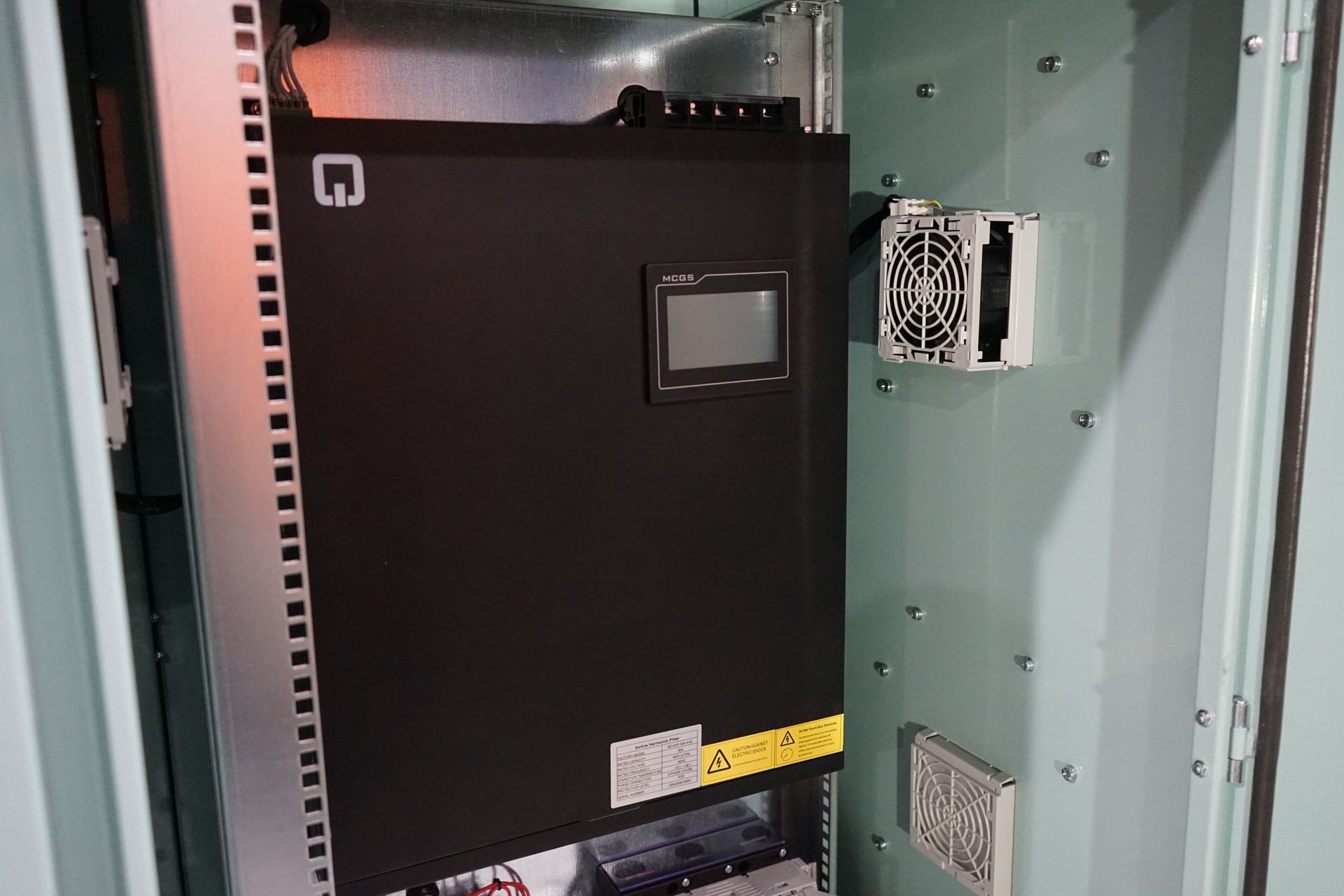
Related articles
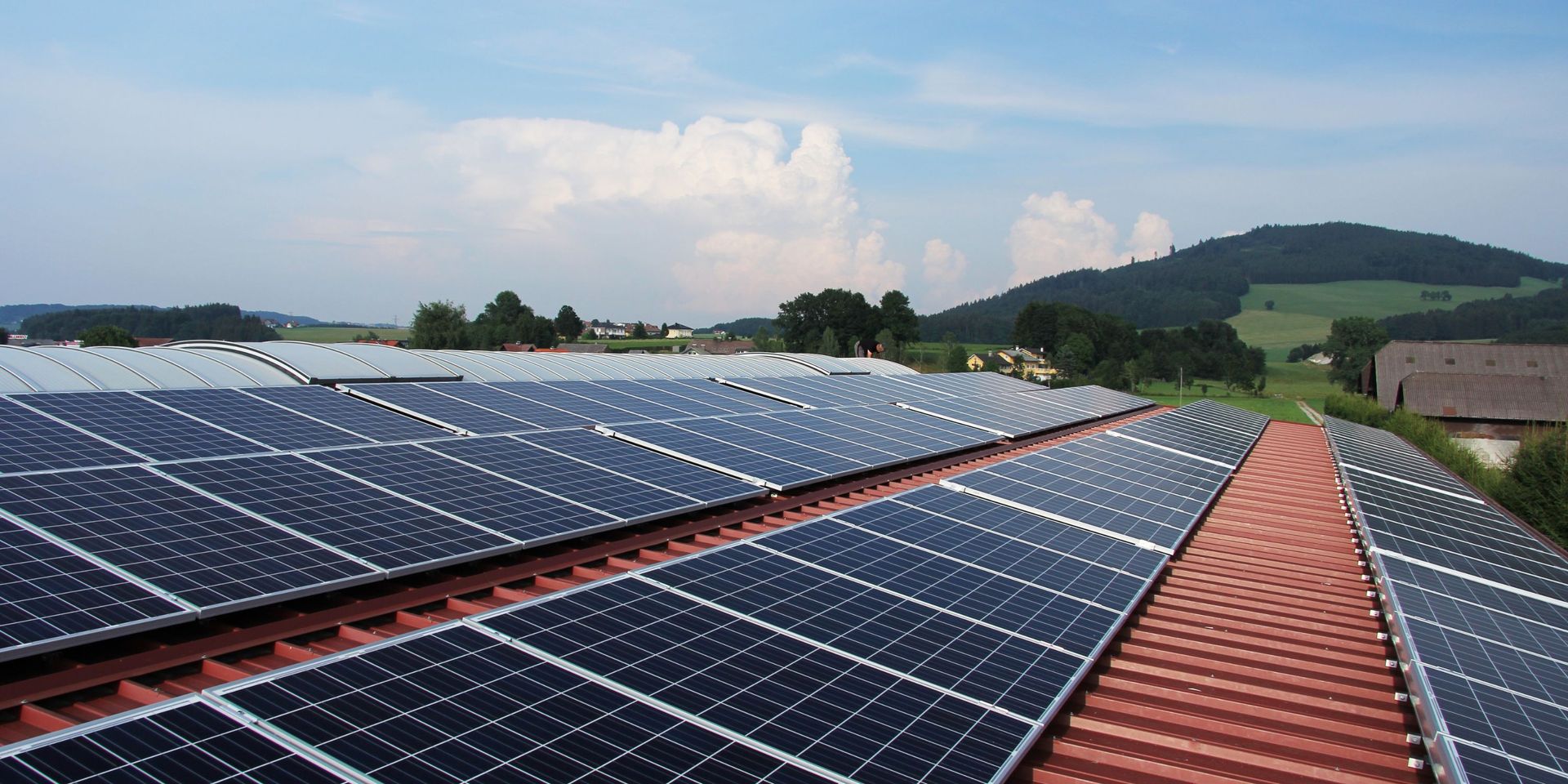
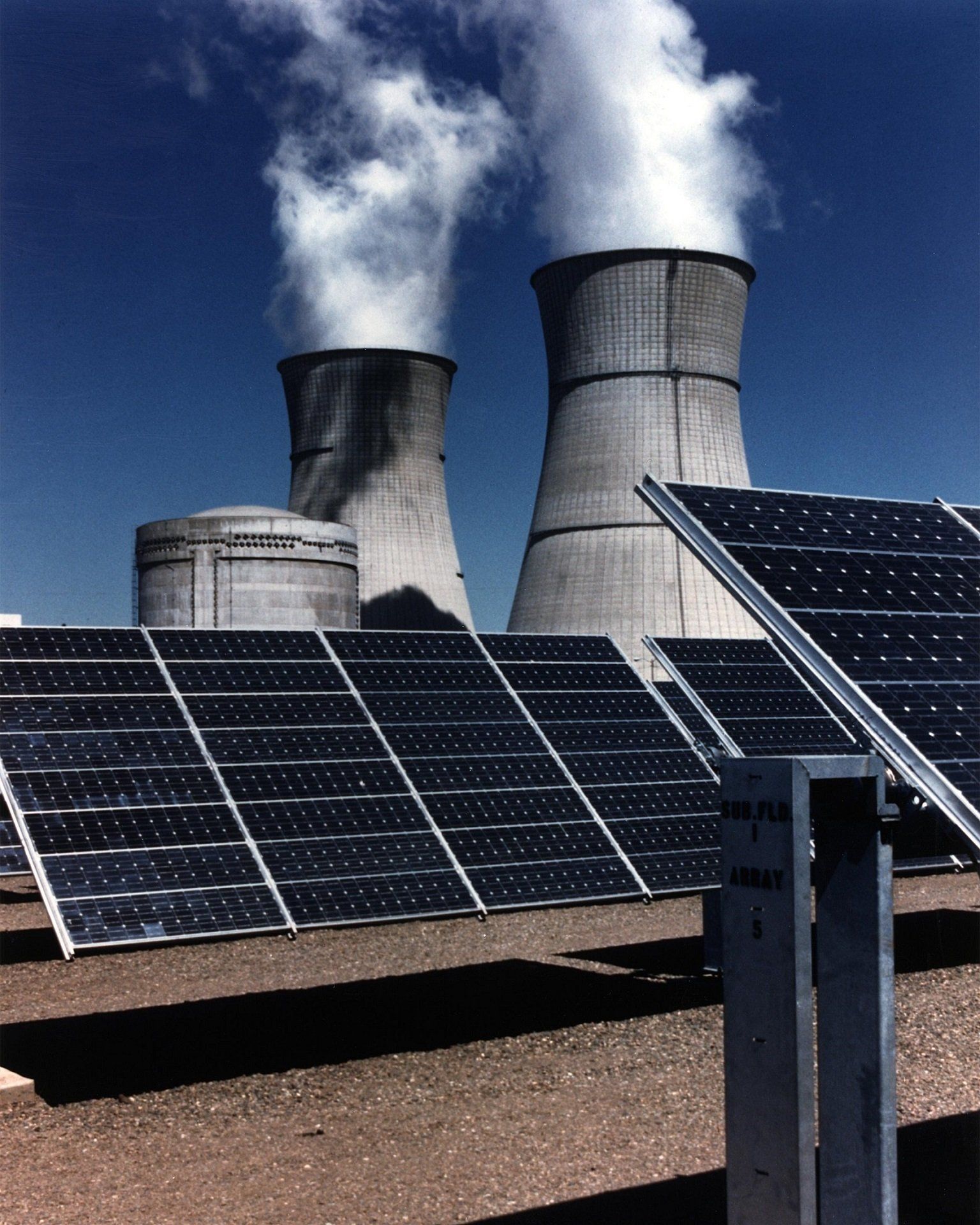
Let’s talk!
Have a question or comment? Let us know.
Head office – Melbourne
Other Locations
New South Wales
Queensland
South Australia
Tasmania

